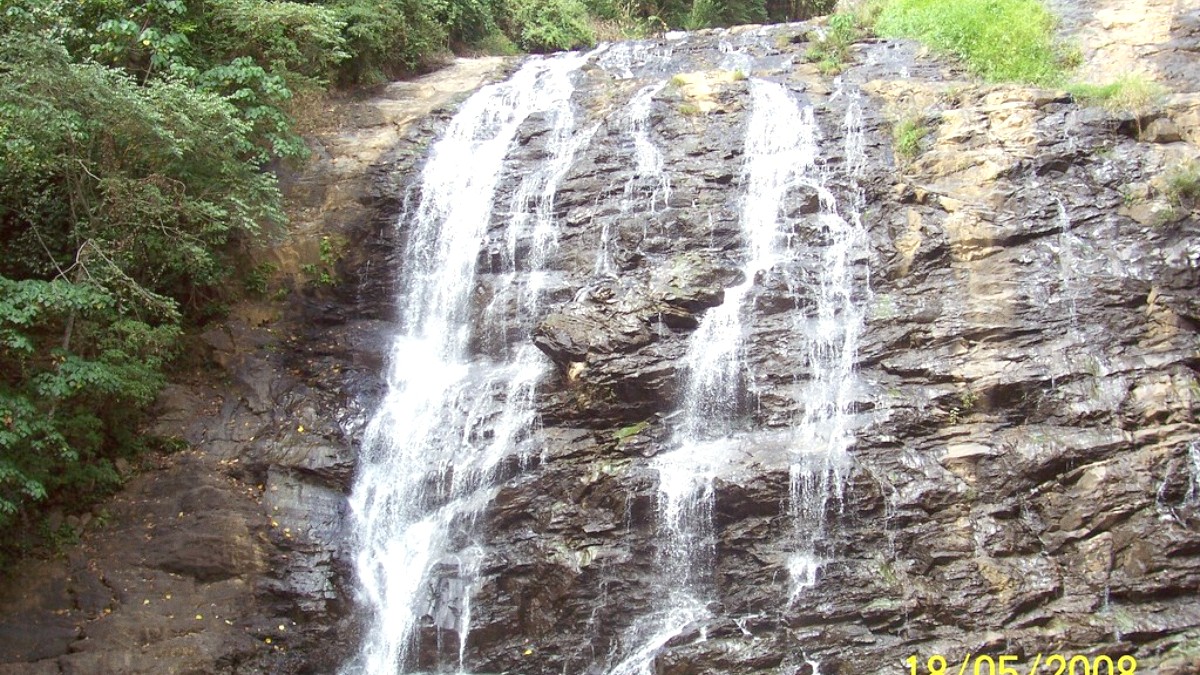
Karnataka, India
Mangalorean cuisine reflects its diverse heritage, coastal location, and communities like Bunts, Konkanis, Bearys, Mangalorean Christians, and Tuluvas.
Trade introduced diverse spices and cooking methods throughout history.
Known for rich, spicy, non-vegetarian dishes. Kori Rotti (chicken curry with crispy rice wafers) and Chicken Sukka (dry, spicy chicken).
Focuses on seafood and vegetarian dishes, utilizing coconut and unique spice blends. Includes various fish curries, Dalithoy (lentil soup), and vegetable curries.
Influenced by Islamic traditions, it has flavorful biryanis and rich gravies with aromatic spices.
A quintessential Mangalorean Bunt dish. It features a rich, spicy chicken curry served with crispy, thin rice wafers (rottis).
A local favorite, perfect for an authentic taste.
A flavorful, dry chicken preparation, known for its spicy and aromatic blend of roasted spices and coconut.
A must-try for spice enthusiasts.
Fresh fish is a must-try. Look for Pomfret, Kingfish (Anjal), or other local varieties prepared in spicy curries or shallow-fried.
Coastal cuisine at its finest.
A refreshing, tangy, and digestive drink made from kokum and coconut milk.
A Mangalorean specialty, a multi-layered ice cream sundae featuring fruits, jelly, nuts, and different ice cream flavors.
These establishments offer refined dining experiences.
Good options for authentic local cuisine at reasonable prices.
Economical options for quick bites and local flavors.
The Central Market (APMC) is a bustling place for fresh produce and spices, a sensory experience.
Explore local ingredients.
While Mangalore mainly local Indian, some hotels and standalone restaurants offer Chinese, North Indian, and basic Continental dishes.
Limited choices beyond local fare.
Dining at a traditional Mangalorean home an unique cultural experience.
Seafood shacks on beaches offer the freshest catch, cooked to order.
Enjoy local beverages like Sol Kadhi or fresh tender coconut water.
Explore local bakeries for Mangalore Buns and other sweet and savory treats.
Many rice-based dishes like Neer Dosa, Idli, and various curries are naturally gluten-free. Specify "no wheat" (maida) when ordering.
Cross-contamination can be a risk in shared kitchens.
Be very specific about allergies (e.g., nuts, dairy, seafood) when ordering.
Example: "nuts" is 'badam' (almond) or 'goDa biija' (cashew), "dairy" is 'haalu utpanna'.
Use restaurant apps like Zomato or Swiggy to filter for vegetarian or vegan options. Always communicate clearly with restaurant staff about your dietary requirements.
Explore Udupi-style restaurants for guaranteed vegetarian food. Coconut-based dishes often vegan.
Formal cooking classes are limited. Inquire with local guesthouses or specialized tour operators for private or informal cooking experiences.
Not widely formalized. Arrange with a local guide to explore street food and local eateries.
Opportunities to visit cashew processing units or coffee curing centers in the surrounding region.
Dining at a traditional Mangalorean home an unique cultural experience.
Arrange through homestay or local contact.
Shacks on Panambur or Tannirbhavi beaches offer the freshest catch, cooked to order.
A quintessential coastal dining experience.
Mangalorean cuisine is heavily influenced by its coastal location and various communities.
Coconut, red chilies, tamarind, and fresh seafood are central to the local dishes.
From fine dining to street food, various options cater to different palates.
Engage with locals for authentic recommendations.